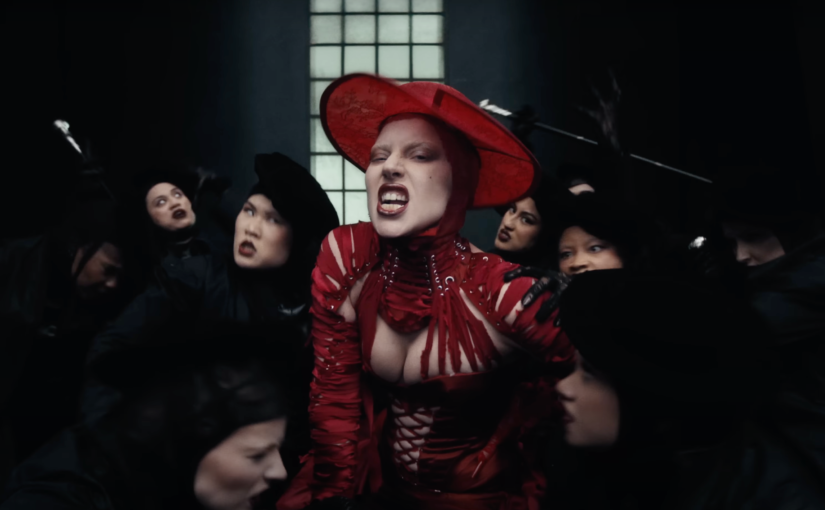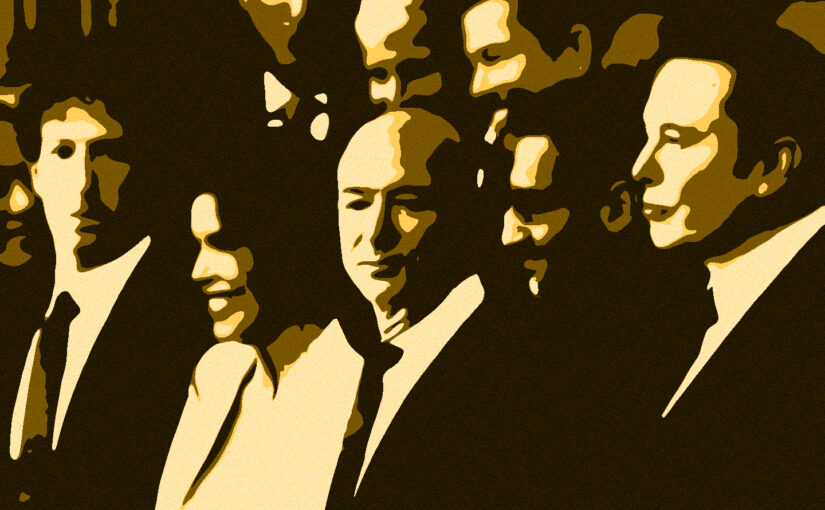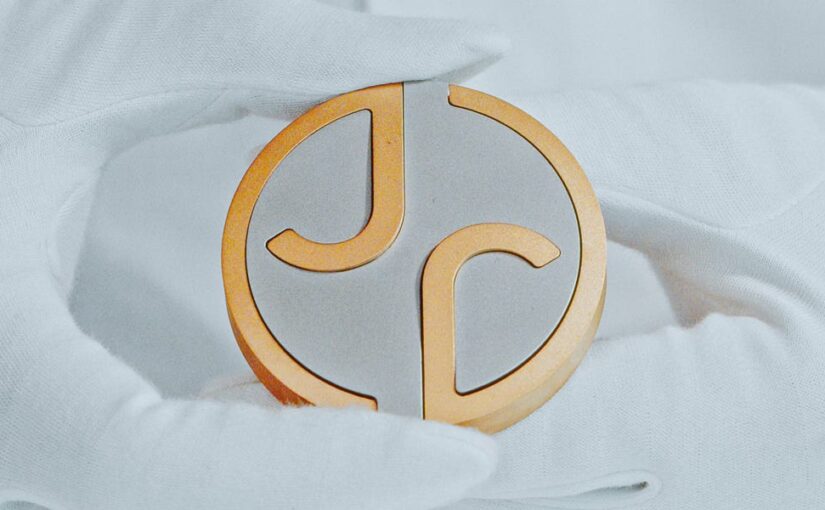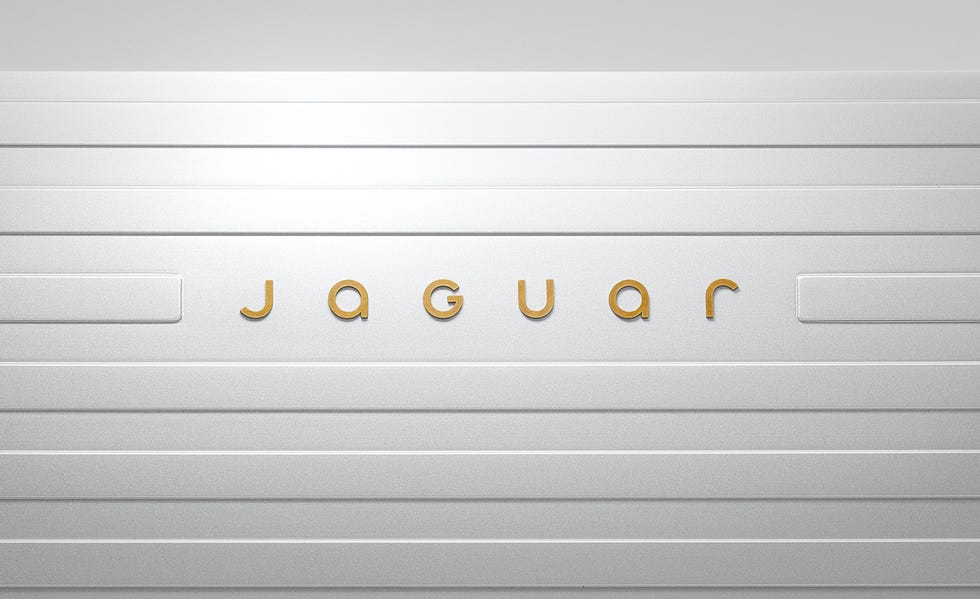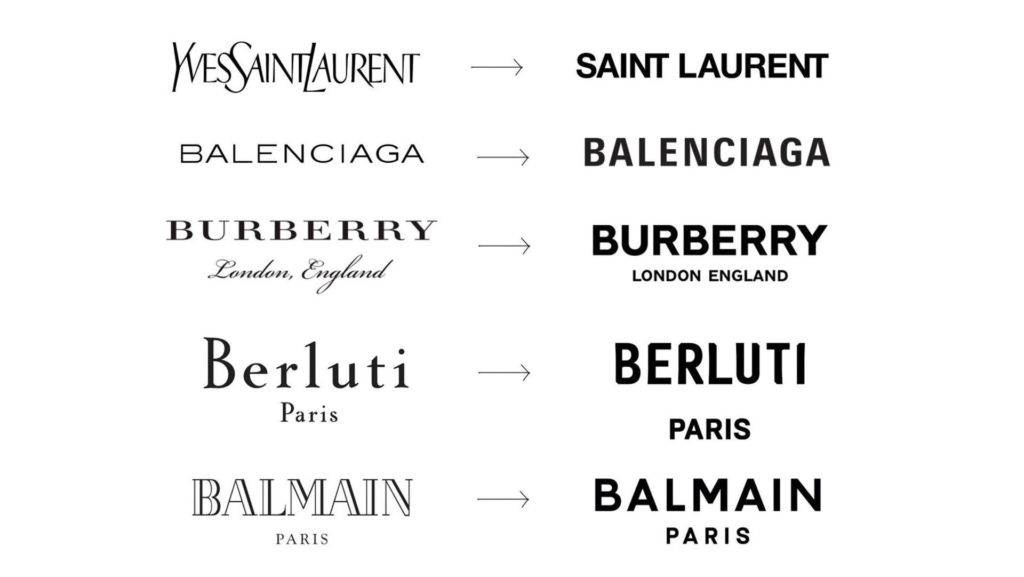Like you, I’m getting tired of bad algorithmic recommendations. So I’ve devised my own: the Fancyrithm. This algorithm exists only in my brain, and it has only two filters: 1) media I enjoyed last week, and 2) media I think is important enough for you to enjoy, too. Without further ado, let’s run the Fancyrithm for March 7, 2025. Here’s its inaugural output.
1. Lady Gaga’s “Abracadabra” Music Video
Lady Gaga is an artist who’s mostly remained on the periphery of my playlists, but I’ve always appreciated her strength as a performer and the surreal grit that flavors her pop music. When she released “Abracadabra,” I suddenly regretted not making her more central to my usual repertoire all these years. This video reminds me a little of the class-conscious horror narratives that creep out of Gazelle Twin‘s music—even down to the costume similarities of Gaga’s blood-tinged matriarch and Gazelle Twin’s unsettling red jester. Given “Abracadabra” and “Disease,” it’s safe to say the album Mayhem will be my hyperfixation when it releases today.
2. Ed Zitron’s Interview on Adam Conover’s Factually! Podcast
Ed Zitron is a former games journalist, now outspoken tech critic, whose newsletter Where’s Your Ed At? reads like the sermons of John the Baptist prophesying doom in the digital desert. In my Discord, he’s become a patron saint of a channel devoted to enshittification, where we post stories mourning the rapid decay of the internet. Recently he appeared on Factually! with Adam Conover, one of my favorite podcasts, to rant about the failed promise of AI and how it’s being shoehorned into everyday life—not to solve the problems of consumers, but to perpetuate the infinite growth model of tech companies that, in the end, is an ouroboros that will eat itself alive.
Zitron is coming out with a book in late 2026 called Why Everything Stopped Working, but until then, I can’t recommend his newsletter enough.
3. The Movie Conclave
Oscar season holds no fascination for me (except that once there’s a super cut of Conan’s jokes on YouTube, I’m sure I’ll be indulging). But the Best Picture category does give me a solid yearly menu for movie watching, and for me Conclave was inevitably going to be the main course. I watched this movie as all great films should be seen, of course: on a touchscreen embedded in the back of an airplane seat with disposable aux-cord headphones, reeling from week-long jet lag. Add a bag of popcorn, and you’re practically in your local multiplex.
Like a version of 12 Angry Men set in the Vatican, Conclave follows the intrigue surrounding the suspicious death of the Pope, and the political maneuvering of the cardinals hoping to replace him. It’s a tightly scripted mystery with stratospheric performances from the acting titans who fill out its roster, and it serves as an emotional, microcosmic analogy for the philosophies that govern power.
4. Drew Gooden’s “Technology isn’t fun anymore” Video Essay
On the heels of Ed Zitron’s Factually! interview, Drew Gooden’s video essay on the death of technological fun is a little more whimsical. But it’s no less of a lamentation about the state of technology, compared to what felt like the halcyon days of growing up Millennial. Gooden muses on the crumbling functionality, hostile UX/UI designs, pervasive ads, unnecessary SaaS models, and predatory surveillance that plague the internet and its technologies in the 2020’s. If there’s a ray of hope in the essay, it’s that we may be retreating to simpler technologies that do the unthinkable: solve a real human problem at a reasonable market price.
Thanks for reading, and I’ll have more Fancyrithm outputs to serve up next week.

